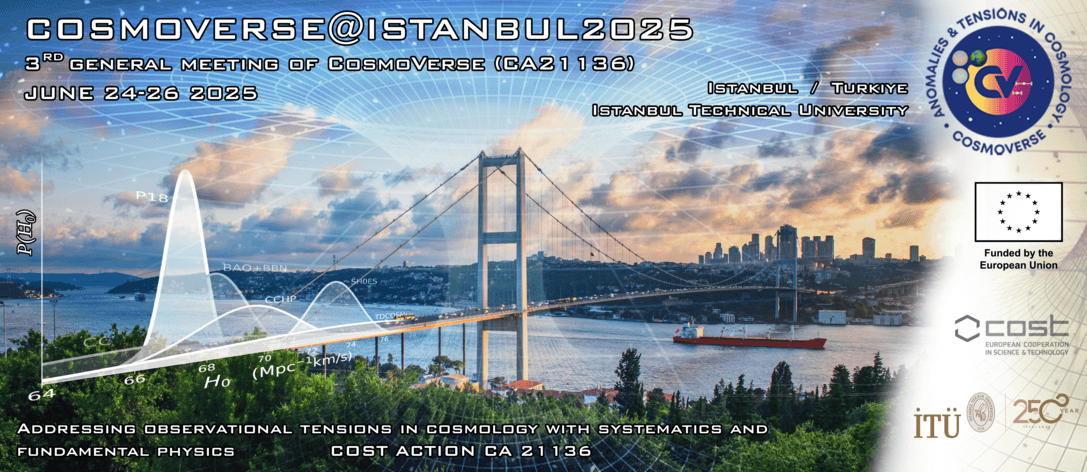Speaker
Description
I will review what the prospects of quasars in the context of observational cosmology are, and I will present recent measurements of the expansion rate of the Universe based on a Hubble diagram of quasars detected up to the highest redshift ever observed (z~7.5).
The derived distances are in agreement with the standard flat ΛCDM model up to a redshift of ~1.5, but they show significant deviations at higher redshifts. Yet, several authors suggested that this discrepancy is due to inconsistencies between the low- and high-redshift sources within the parent sample, or to a redshift evolution of the relation. I will discuss these issues through a quantitative comparison with supernova-derived distances in the common redshift range, complemented by simulations showing that all the claimed inconsistencies would naturally arise from any limitation of the cosmological model adopted for the data analysis, that is, from our ignorance of the true cosmology.
I will finally show that the synergy amongst multi-wavelength facilities (current and future) will provide the needed sample statistics to obtain constraints on the observed deviations from the standard cosmological model which will rival and complement those available from the other cosmological probes.

